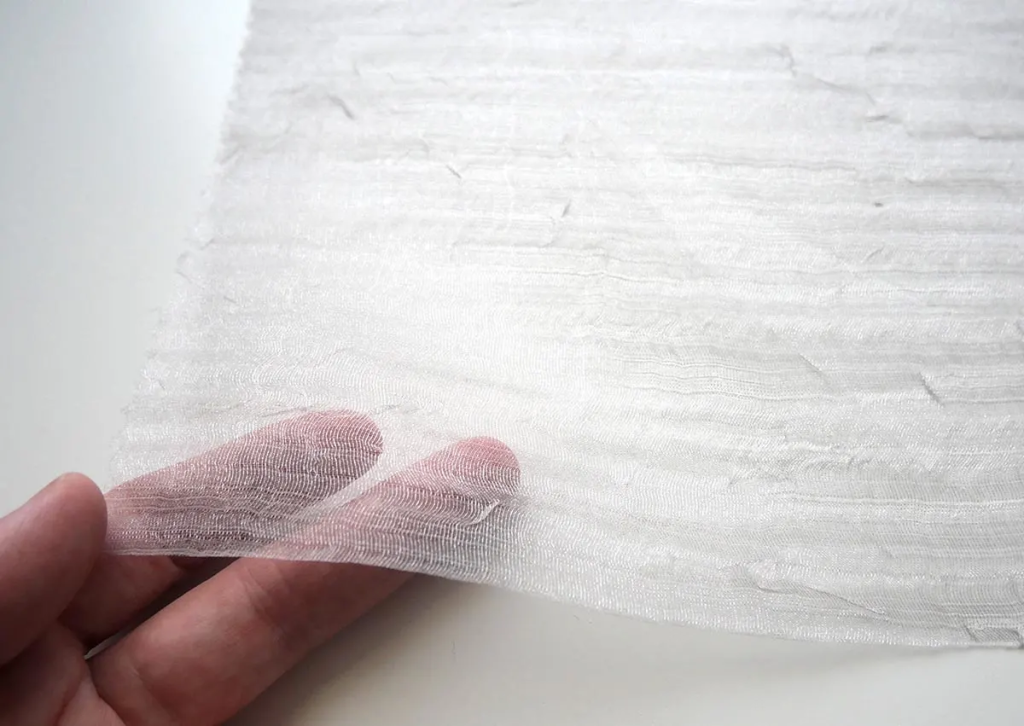Interfacing fabric is an essential however often overlooked aspect on the planet of sewing and clothing construction. It provides as an essential backing, giving design and support to materials, particularly the ones that may lack the required fat or tone for certain projects. Whether you’re making a designed blazer, a delicate blouse, or a quilted masterpiece, interfacing represents a pivotal position in elevating the entire quality and longevity of the finished piece.
One of the main features of interfacing is to stop materials from extending or distorting during the stitching process. This is specially important whenever using light or fine products, ensuring that the final outfit keeps their intended shape. Interfacing could be placed on different areas such as for instance collars, cuffs, and plackets, reinforcing these portions for included stability.
Interfacing is available in various forms, including fusible and sew-in varieties. Fusible interfacing is applied by ironing, creating a connection involving the interfacing and the fabric when heat is applied. Sew-in interfacing, on another hand, is attached straight into the garment. The decision between the 2 is dependent upon the task requirements, cloth type, and personal preference. Each kind of interfacing has their advantages, giving flexibility in application on the basis of the desired outcome.
When selecting interfacing, considerations such as weight, fiber content, and the intended use of the clothing come into play. For lightweight textiles, a lightweight interfacing is recommended to prevent adding unnecessary majority, while weightier textiles may possibly involve a tougher interfacing to offer sufficient support. Additionally, interfacing are available in several fiber compositions, including cotton, polyester, and blends, enabling compatibility with a wide range of fabrics.
Interfacing stretches beyond the kingdom of apparel, finding applications in quilting and house design projects. In quilting, interfacing can be used to stabilize fabric for complicated types or to incorporate dimension to particular elements. When integrated in to house design things like drapes or pillowcases, interfacing contributes to the durability and qualified finish of the final product.
Understanding the subtleties of interfacing program is crucial for achieving qualified benefits in sewing projects. The method involves cautious cutting and position to ensure that the interfacing gives help exactly where it’s needed without having to be obvious from the outside. Correct program results in a garment that not merely appears finished but additionally retains their shape and design over time.
Interfacing is a versatile tool that enables for creative expression in garment construction. Beyond its realistic operates, it could be strategically applied to try out finishes, include decorative elements, or produce special design features. The hidden character of Interfacing Fabric belies their substantial impact on the entire artistic and longevity of the completed item, making it a behind-the-scenes hero in the artwork of sewing.

In conclusion, interfacing cloth is a silent hero on the planet of stitching, offering critical support and design to garments and projects. Its position in stabilizing materials, stopping distortion, and improving over all quality can’t be overstated. Whether you’re a professional seamstress or a newcomer, knowledge the diverse applications and types of interfacing opens up a full world of possibilities for elevating your stitching masterpieces to new heights.
